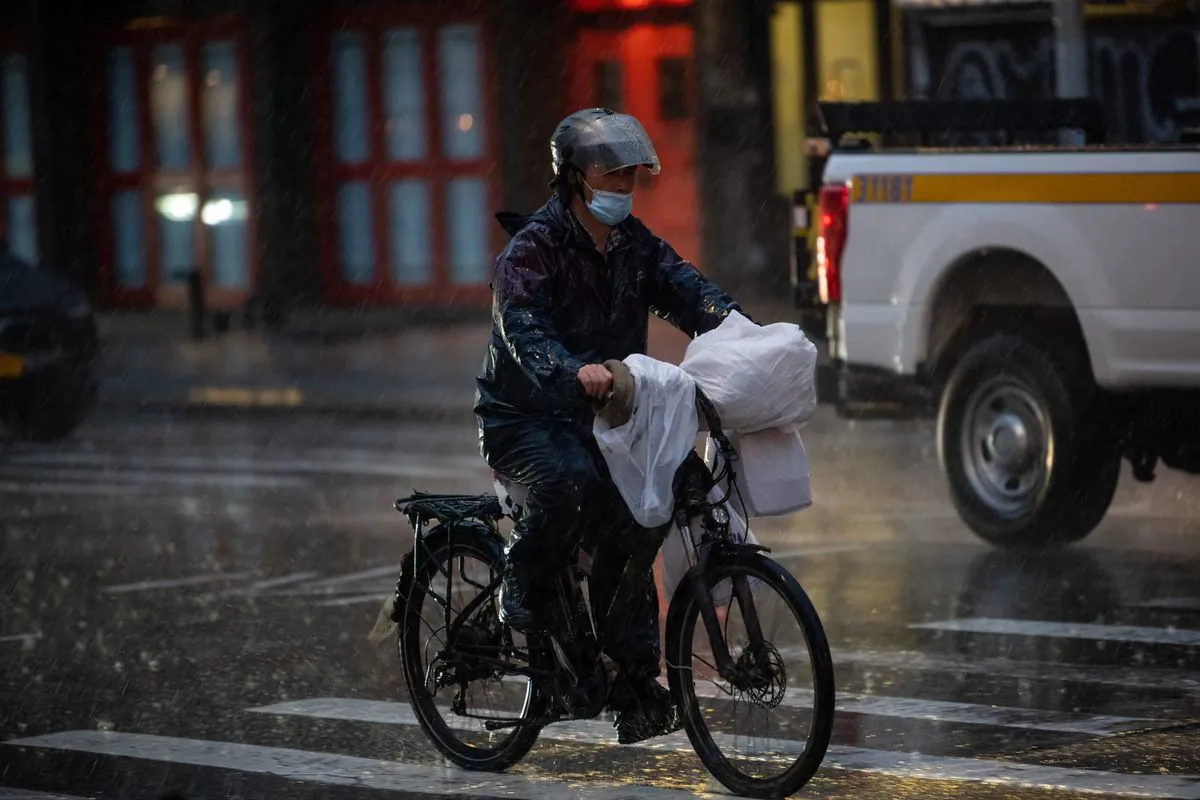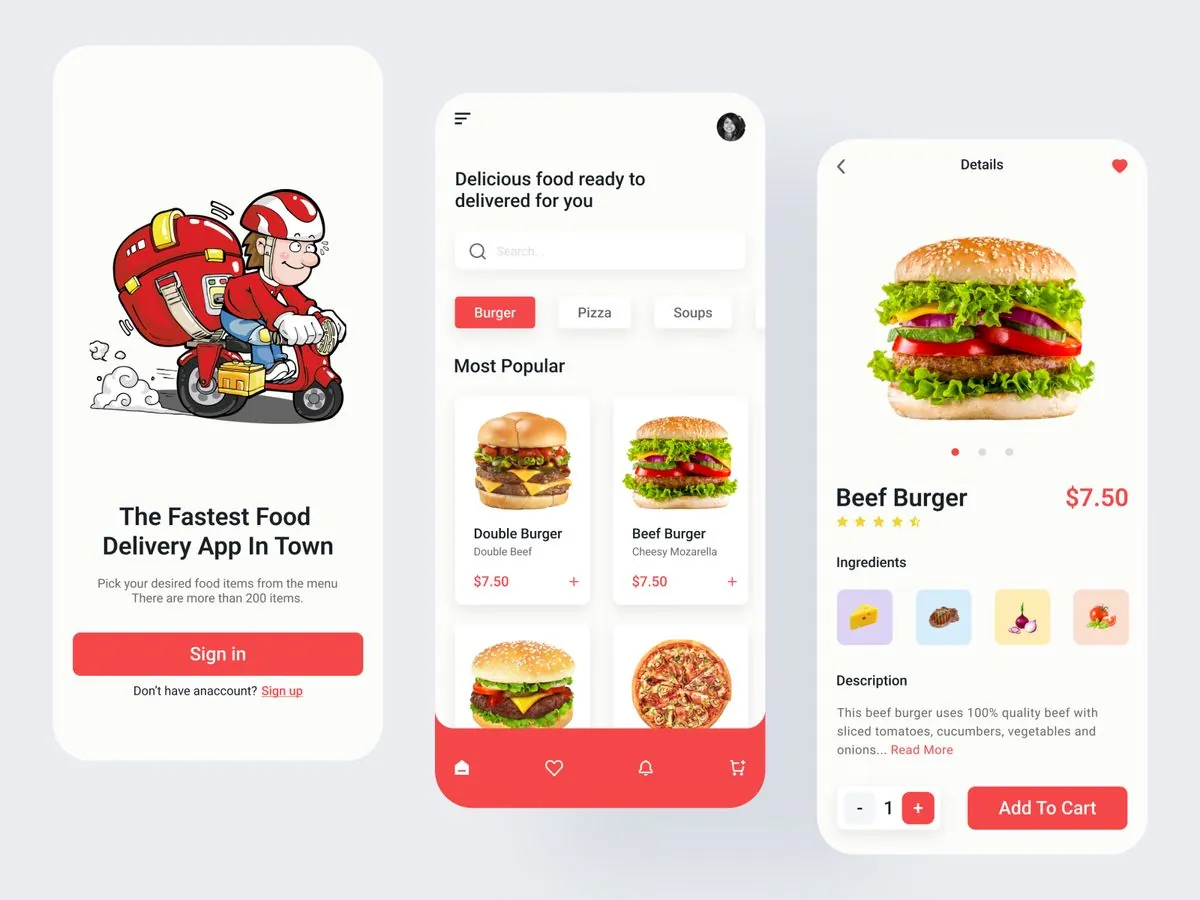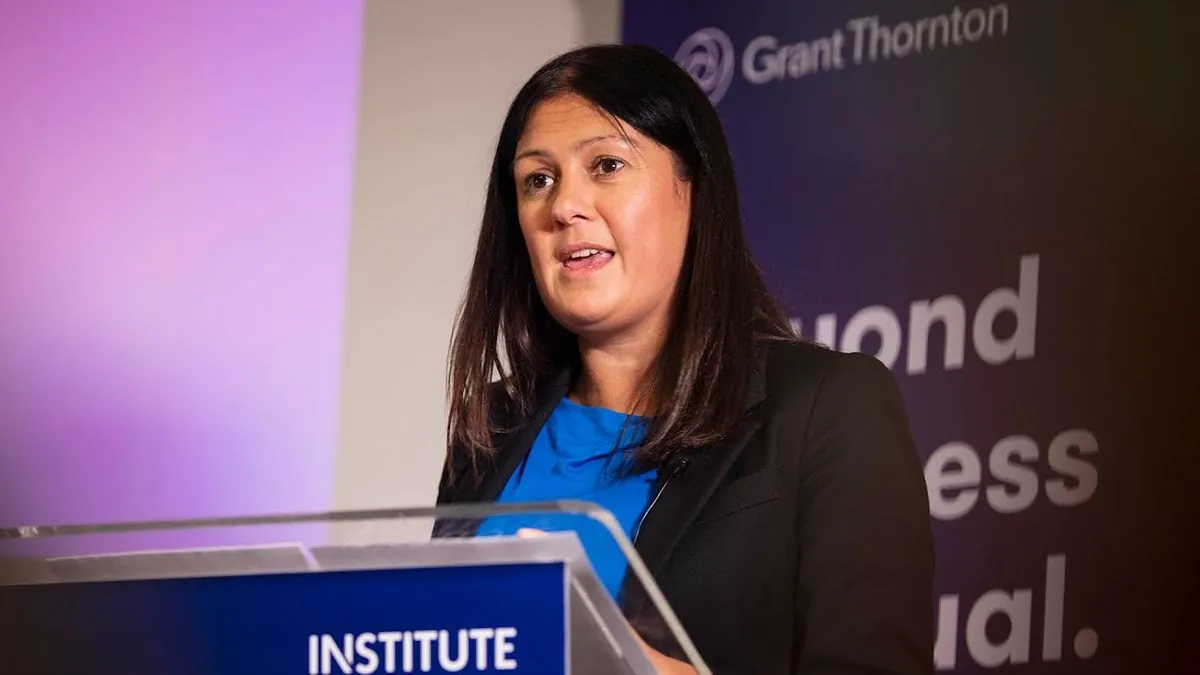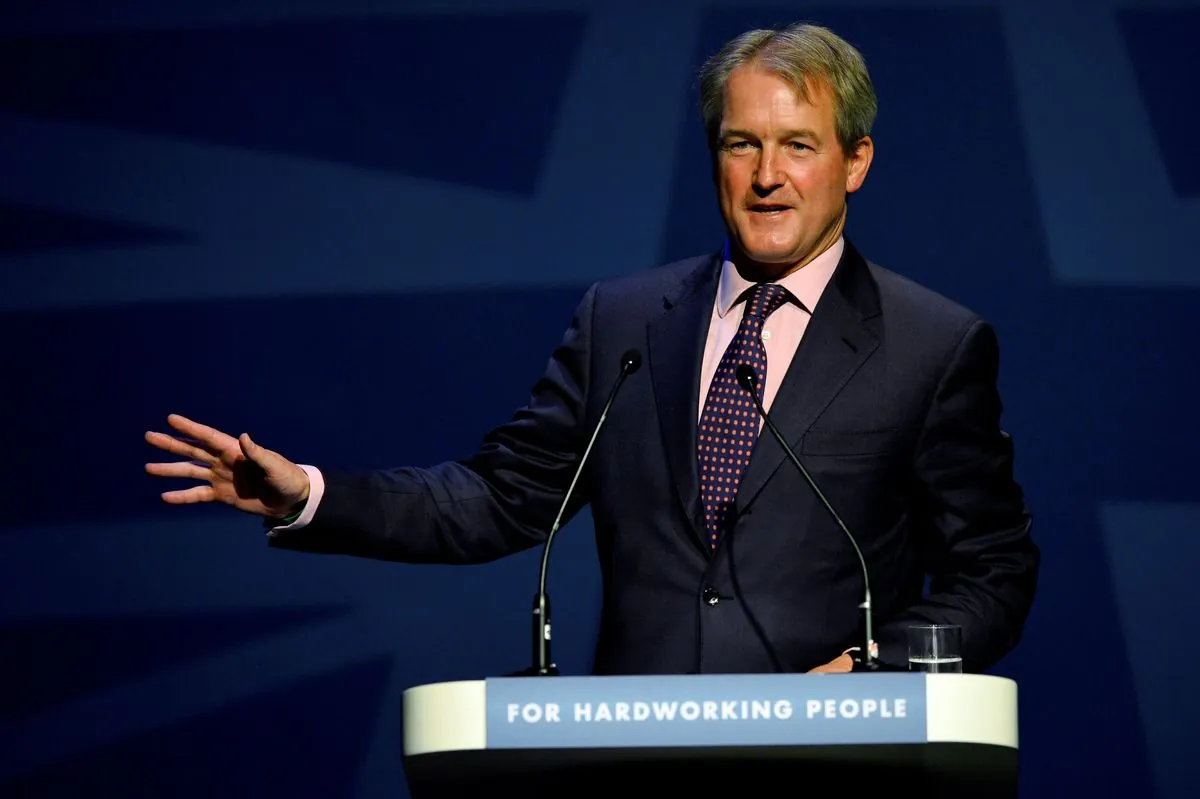Study Reveals Lower Income Groups More Likely to Use Food Delivery Apps
Research shows working-class households use food delivery apps more frequently than higher social grades. The study also found a strong correlation between app usage and obesity rates, raising concerns about dietary inequalities.

A recent study has unveiled intriguing patterns in the use of food delivery applications across different social strata. The research, conducted by the London School of Hygiene and Tropical Medicine, analyzed data from over 1,500 households in London and Northern England.
The findings indicate that individuals from lower social grades, including semi-skilled and unskilled manual workers, casual laborers, and the unemployed, are more than twice as likely to utilize food delivery apps compared to those in higher social grades. This trend raises questions about the potential impact on dietary habits and health outcomes across various socioeconomic groups.

Interestingly, the study also revealed a significant correlation between app usage and obesity rates. Individuals classified as obese were found to be almost twice as likely to regularly use food delivery services. This connection adds to growing concerns about the long-term health implications of the "Deliveroo culture," a term coined to describe the increasing reliance on food delivery apps.
"The 'Deliveroo culture' could make Britain the fattest country in Europe."
The World Health Organization (WHO) has expressed alarm over this trend, warning that it could contribute to making Britain the most obese nation in Europe by 2033. This projection is particularly concerning given that obesity rates in the UK have nearly tripled since 1980.
In contrast to food delivery app usage, the study found that online grocery shopping was more prevalent among higher social grades. The most affluent households were twice as likely to purchase groceries online compared to those in lower income brackets. This disparity in digital food acquisition methods may potentially exacerbate existing dietary inequalities.
The research, completed in 2019, predates the COVID-19 pandemic, which subsequently led to a surge in food delivery app usage. For instance, Deliveroo reported a doubling of UK orders in the first half of 2021. This rapid growth in the gig economy, particularly in food delivery services, has transformed the way many people access meals.
It's worth noting that the UK food delivery market was valued at £8.5 billion in 2019, highlighting the significant economic impact of this sector. The industry has come a long way since the first online grocery shopping service was launched by Tesco in 2000, and the founding of Just Eat in 2001 and Deliveroo in 2013.
While the study didn't analyze the nutritional content of foods ordered through these apps, previous research suggests that food delivery app use is associated with poorer diet quality. This contrasts with online grocery shopping, which tends to be linked with healthier food choices.
As obesity continues to be a pressing public health concern, with two in three adults in England currently classified as overweight or obese, these findings underscore the need for further research into the complex relationship between digital food services, socioeconomic factors, and health outcomes.


































